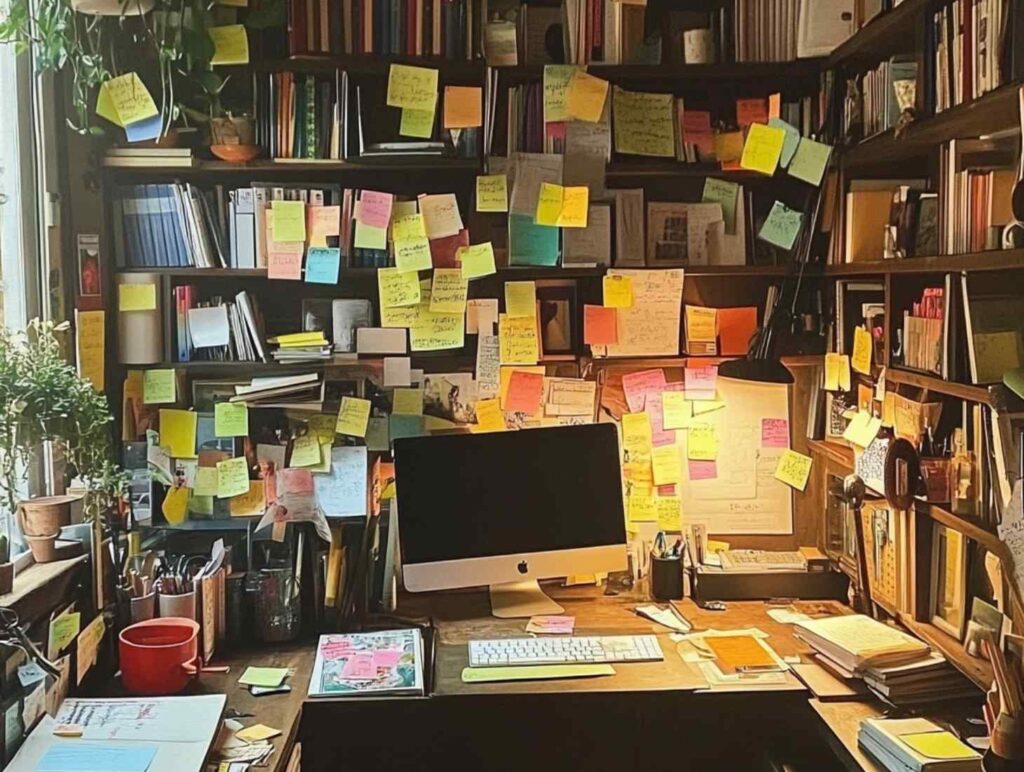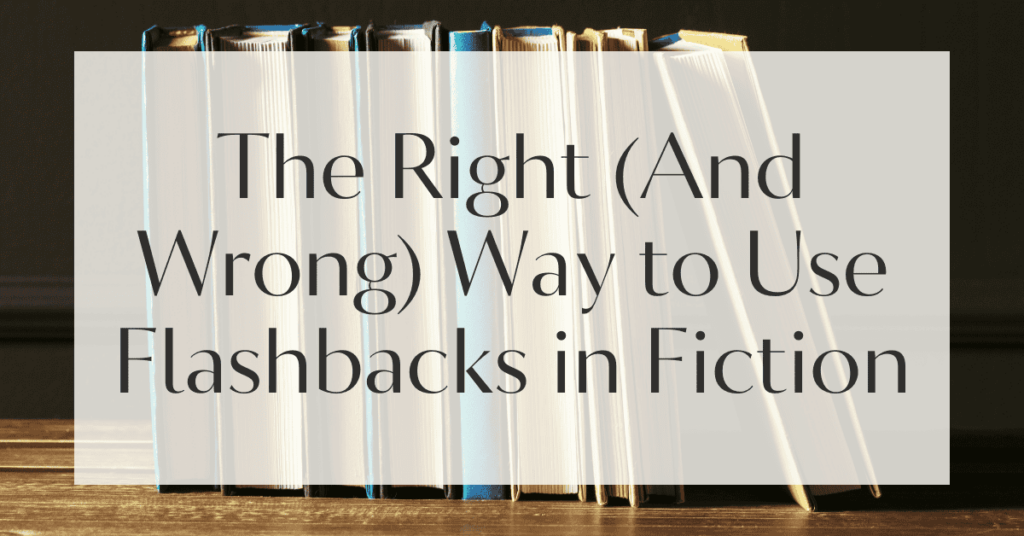Have you ever been engrossed in a story, only to be suddenly transported to a different time and place?
This is the magic of using flashbacks in fiction.
They are like little time machines, offering glimpses into a character’s past that enrich the present narrative.
But beware—misuse them, and they can confuse your readers and disrupt the flow of your story.
So, how do you master this powerful storytelling tool?
Understanding Flashbacks
Before diving into the do’s and don’ts, it’s essential to understand what flashbacks are and why they’re used.
In essence, flashbacks are narrative devices that take the reader back in time to reveal events that occurred before the current timeline of the story.
They serve as windows into a character’s history, providing context and depth.
What is a Flashback?
A flashback is more than just a memory; it’s a scene set in the past that unfolds in the same vivid detail as the main narrative.
Think of it as a mini-story within your story.
It’s not a quick mention of past events but a fully fleshed-out scene that allows readers to experience the past as if it were happening in real-time.
For example, in J.K. Rowling’s “Harry Potter” series, flashbacks are used to delve into key moments from Harry’s past, such as his parents’ demise.
These scenes are crucial because they add layers to Harry’s character and motivations.
The Importance of Flashbacks in Storytelling
Flashbacks can serve multiple purposes in storytelling.
They can reveal a character’s backstory, explain their motivations, or provide critical information that enhances the main plot.
They are particularly useful for creating emotional depth and adding complexity to characters.
Use flashbacks to reveal critical backstory elements that explain a character’s present behavior or motivations.
They should illuminate aspects of the character that are not apparent in the current timeline.
The Psychology Behind Flashbacks
From a psychological standpoint, flashbacks mirror the way humans process memories. We often recall past events triggered by a smell, sound, or sight.
This natural human tendency makes flashbacks relatable and engaging when woven seamlessly into a narrative.
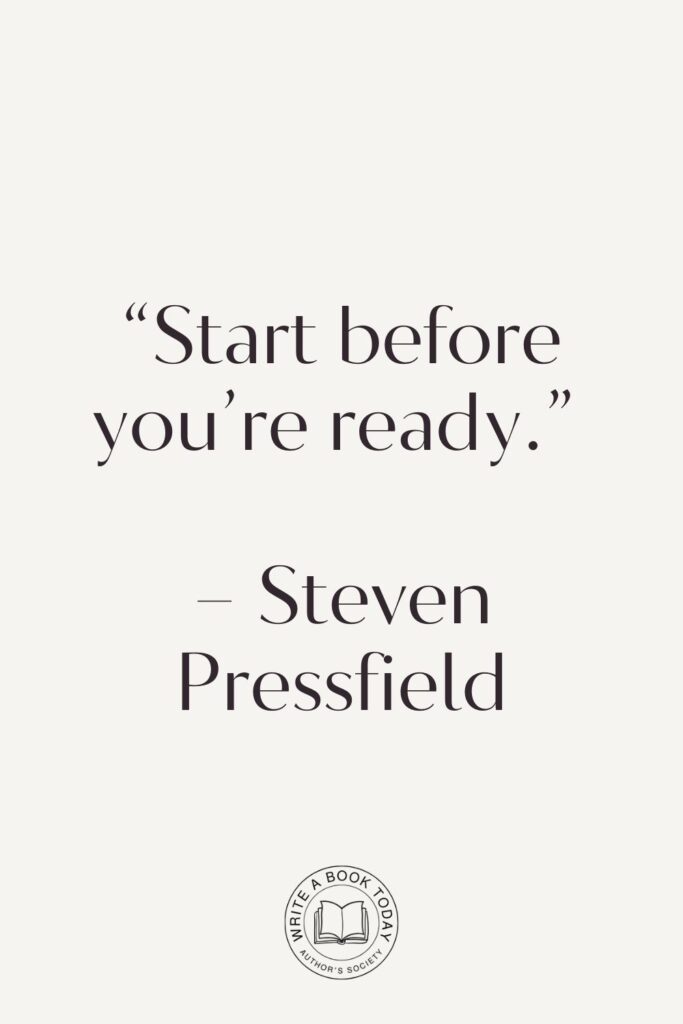
When to Use Flashbacks
Knowing when to incorporate a flashback is crucial. They should be used strategically to enhance the story, not as a crutch for lazy storytelling.
The timing and placement of a flashback can significantly affect the pacing and overall impact of the narrative.
Strategic Placement of Flashbacks
The placement of a flashback should be deliberate.
It needs to occur at a point in the story where the reader is already invested in the characters and their journey.
Introducing a flashback too early can be jarring, while placing it too late may cause it to lose its intended impact.
Consider using flashbacks after a major plot point or emotional high.
This allows the reader to reflect on the past event’s significance in light of the current narrative, creating a deeper connection.
No marketing platform? No social following? No problem!
Publisher Rocket helps you market your debut novel like a pro.
It’s a gamechanger for debut authors – try it today!


Timing and Pacing Considerations
Flashbacks should be brief and relevant, so they don’t slow down the story. They must be integrated smoothly to maintain the narrative flow.
A well-timed flashback can heighten tension or provide relief from a high-stakes moment.
- Introduce flashbacks after pivotal events to enhance their emotional weight.
- Ensure flashbacks are concise to keep the story moving forward.
- Avoid clustering multiple flashbacks, which can disrupt the narrative rhythm.
Common Scenarios for Flashbacks
Flashbacks are commonly used to explore a character’s formative experiences, reveal hidden motivations, or provide background on a pivotal event.
They are especially effective in genres like mystery or thriller, where understanding a character’s past can be crucial to unraveling the plot.
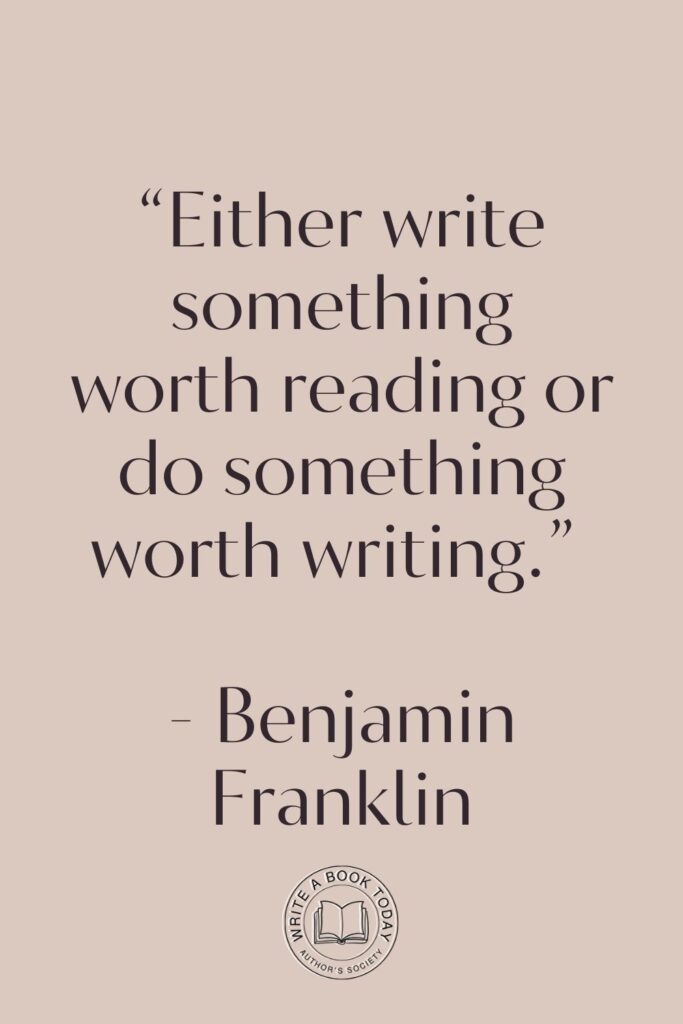
Crafting Effective Flashbacks
Creating a compelling flashback involves more than just deciding when to include it.
It requires careful consideration of how to introduce, structure, and transition in and out of the flashback scene.
Key Techniques for Writing Flashbacks
Effective flashbacks are those that feel seamless and integral to the story.
This can be achieved through various techniques, such as using verb tense shifts, sensory details, and dialogue to cue the reader into the change in time.
Use sensory triggers, like a familiar scent or sound, to naturally lead into a flashback.
This creates a smooth transition and helps ground the reader in the new scene.
Using Triggers to Initiate Flashbacks
Triggers are crucial for initiating a flashback. They provide a logical reason for the character to recall a past event.
A trigger could be an object, a location, or even a phrase that prompts the memory. This helps anchor the flashback in the present narrative.
Feeling lost with your debut novel?
Fiverr Pro connects you with expert editors, designers, and marketers – everything you need to get your book ready for success!

Seamless Transitions In and Out of Flashbacks
Transitions are key to maintaining clarity. Use a clear cue to signal the start of a flashback, such as a change in verb tense or a narrative break.
Similarly, ensure a smooth return to the present by re-establishing the current setting or ongoing action.
Maintaining Clarity in Flashbacks
Clarity is essential in flashbacks. Readers should always be aware of the time shift and its relevance to the current narrative.
Avoid confusing the reader with unnecessary details or abrupt transitions.
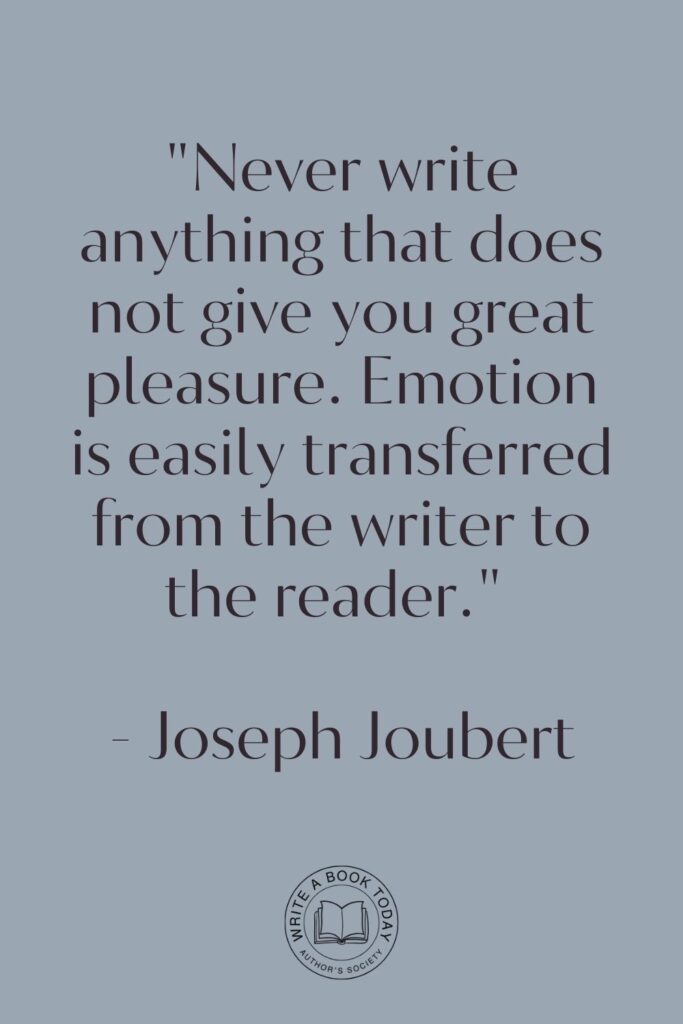
Dos and Don’ts of Flashback Writing
While flashbacks can be a powerful tool, they come with their own set of challenges.
Here are some essential dos and don’ts to keep in mind when crafting flashbacks in your fiction.
Essential Dos for Engaging Flashbacks
When writing flashbacks, ensure they are purposeful and enrich the story.
Each flashback should add value, whether by deepening character development, advancing the plot, or providing crucial information.
| Do | Explanation |
|---|---|
| Make it Relevant | Ensure the flashback adds to the story and isn’t just filler. |
| Keep it Concise | Maintain brevity to prevent disrupting the story’s momentum. |
| Use Clear Triggers | Employ triggers to create logical transitions into flashbacks. |
Common Don’ts to Avoid in Flashback Scenes
Avoid common pitfalls like overusing flashbacks or relying on them to convey exposition.
Flashbacks should not feel like an info dump or distract from the primary narrative.
- Don’t introduce flashbacks randomly without a clear purpose.
- Avoid lengthy flashbacks that derail the main storyline.
- Refrain from using flashbacks as a substitute for character development.
Google Docs is for notes. Scrivener is for novels. Upgrade your writing game and try it for free today!

Examples of Flashbacks in Literature and Film
Studying examples of flashbacks in literature and film can provide valuable insights into their effective use.
These examples illustrate how flashbacks can enhance storytelling and character development.
Famous Flashbacks and Their Impact
In literature, works like “The Great Gatsby” by F. Scott Fitzgerald employ flashbacks to reveal crucial backstory elements.
Similarly, films like “The Godfather Part II” use flashbacks to contrast past and present, enriching the narrative.
Analyzing Flashback Techniques in Popular Media
Analyzing how successful authors and filmmakers use flashbacks can offer inspiration for your writing.
Look at how transitions are handled, the length of flashbacks, and their placement within the story to glean techniques that might work for your own storytelling.
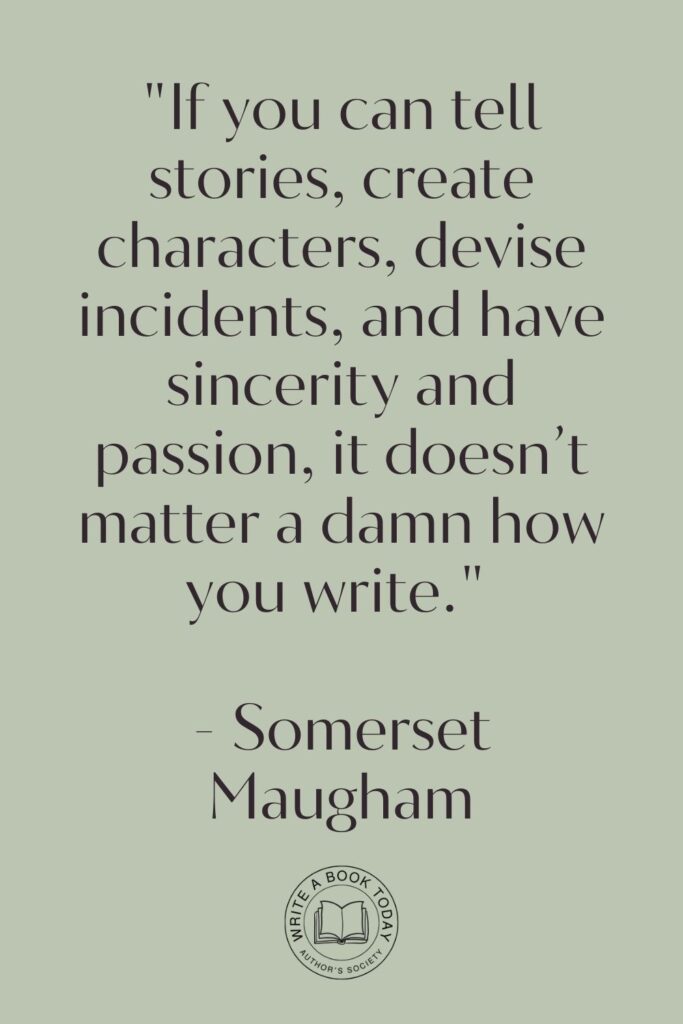
Reflecting on Your Own Writing
As you incorporate flashbacks into your writing, take time to reflect on their effectiveness.
Consider how they contribute to your story and whether they align with your overall narrative goals.
Encouraging Personal Growth Through Flashbacks
Flashbacks can be a tool for personal growth as a writer.
They challenge you to think critically about character development and narrative structure, enhancing your storytelling skills.
Questions to Consider in Your Writing Journey
Ask yourself: Are the flashbacks in my story serving a clear purpose?
Do they enhance the reader’s understanding of the characters and plot?
Are the transitions smooth and intuitive?
Reflecting on these questions can help you refine your use of flashbacks and create a more engaging and cohesive narrative.
In conclusion, mastering the art of using flashbacks in fiction requires a delicate balance of timing, relevance, and seamless integration.
By understanding their purpose and employing them thoughtfully, you can enrich your storytelling and captivate your readers with vivid glimpses into your characters’ pasts.
